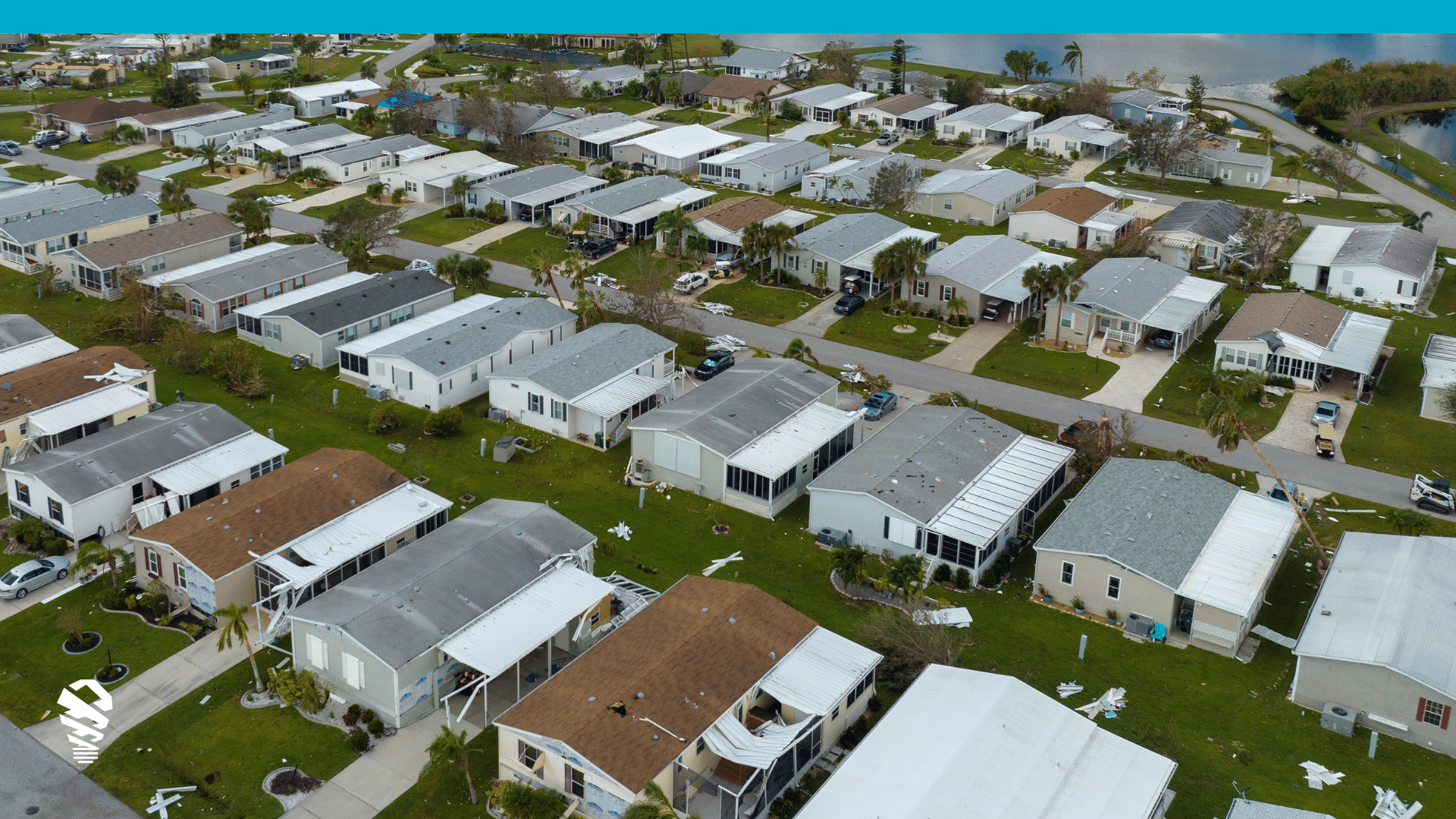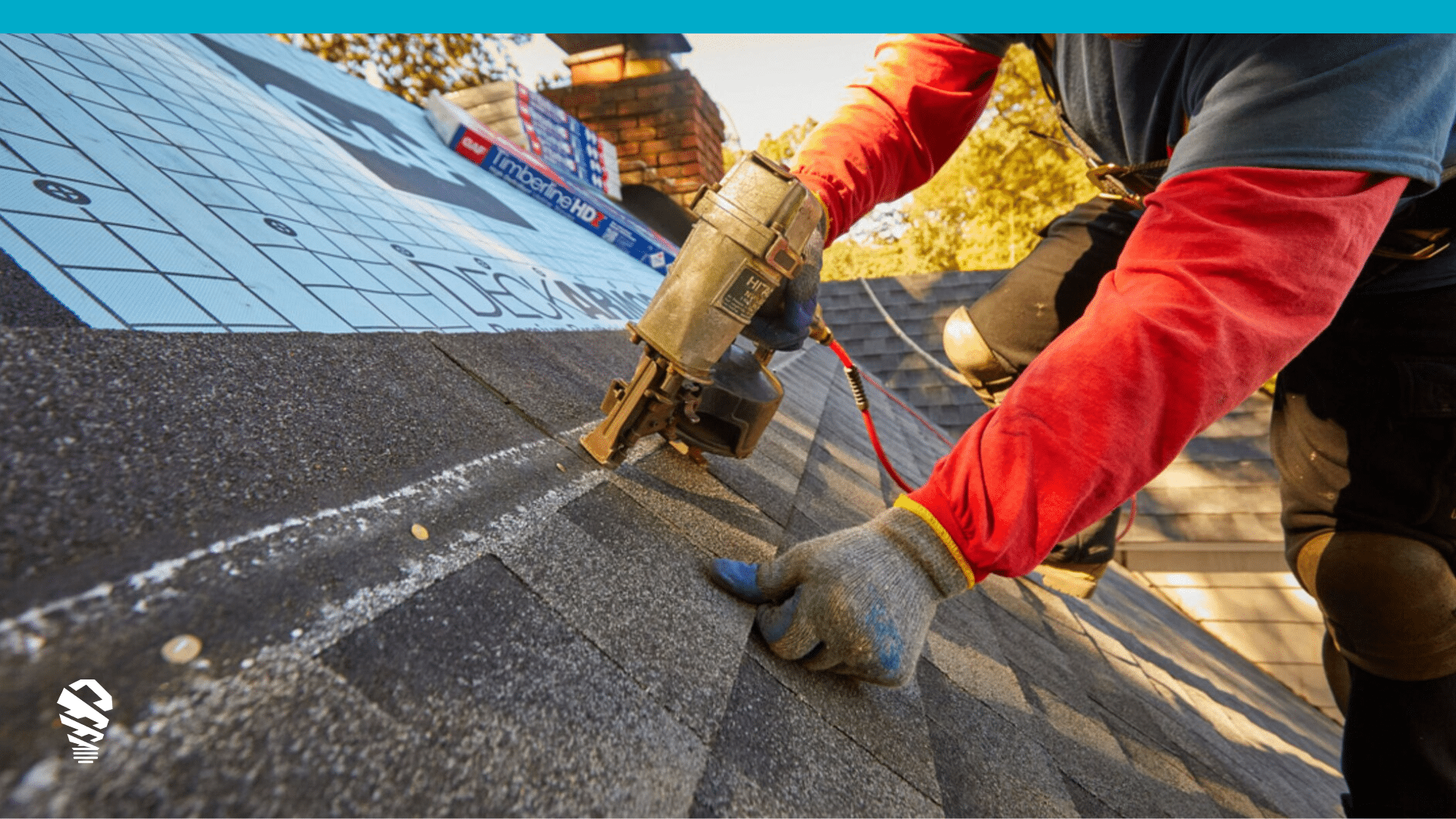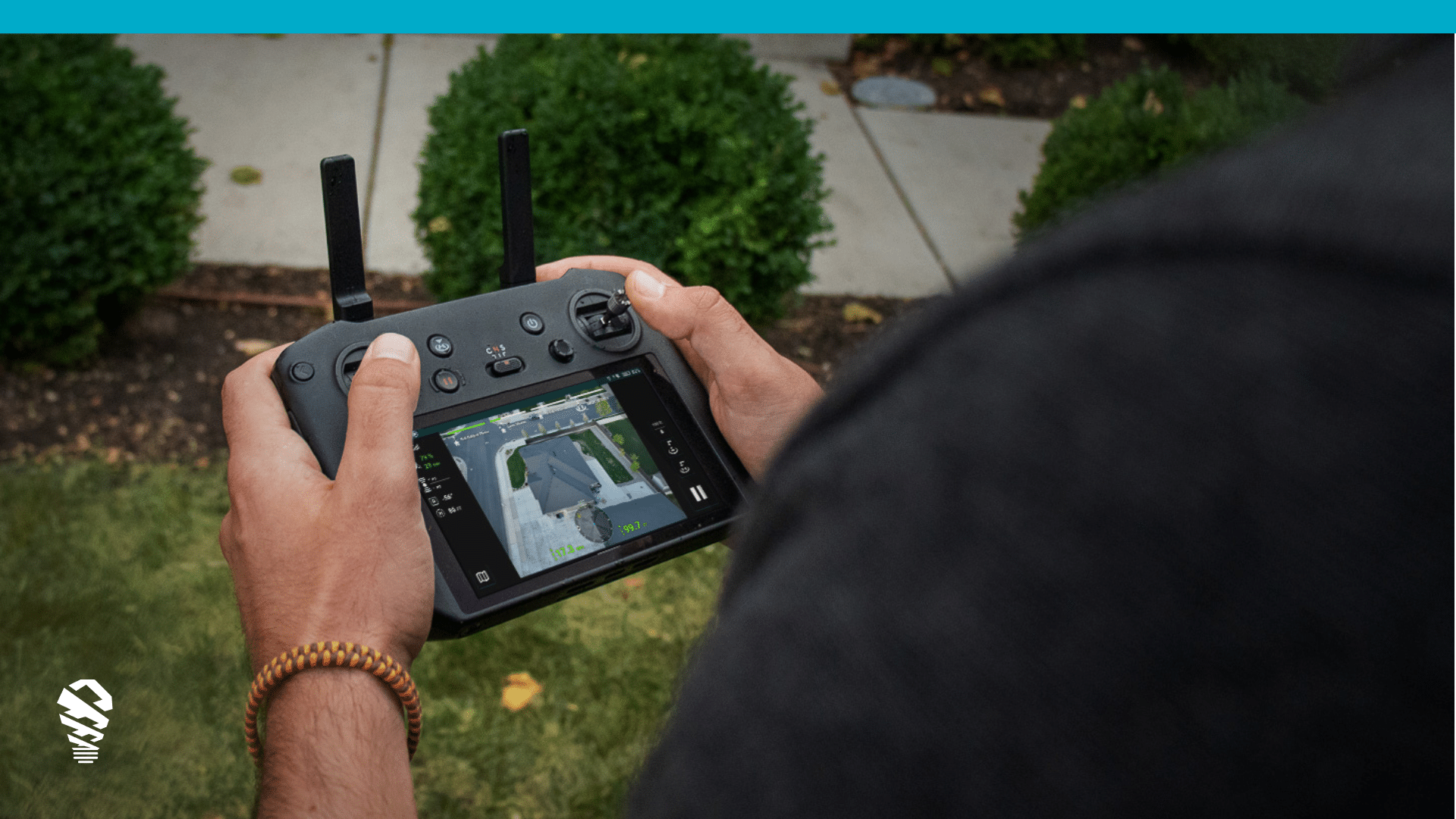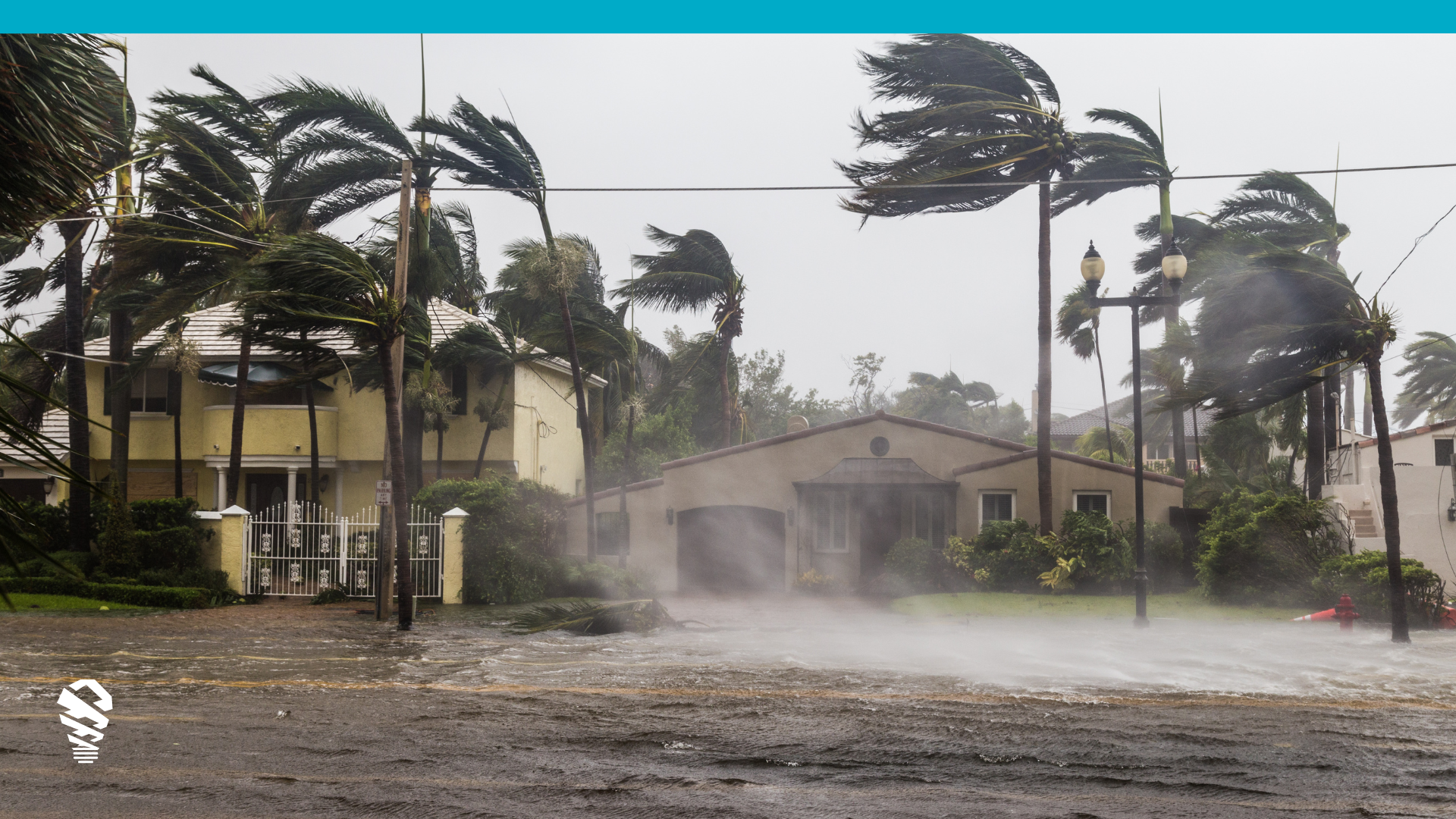There’s been widespread speculation about the future of drone technology. For a long time, drones were either something out of a Sci-Fi film, or something the military used. But drones are emerging as a useful tool for industries including but not limited to, insurance, construction, and solar so it’s no surprise that the FAA expects there to be around 451,800 drones in our skies in 2022. Drones come in all shapes and sizes, can be equipped with cutting edge technology, and are easily accessible to the public. But where does drone technology stand today, and where are these things headed? Let’s dive in.
Aerial eCommerce Drones
Many people shop online and they want things fast. Drones are here to help. Online retail giant, Amazon, is testing Amazon Prime Air to perform deliveries in around 30 minutes. UPS is also testing drones by using the top of their vans as a helipad to make simultaneous deliveries with their van and drone. They have estimated that cutting just a mile off each delivery route would save them $50 million annually. Soon, your packages could be dropped off by a friendly neighborhood drone.
Commercial-Grade Drone Swarms
Plenty of people saw the swarm of drones at the 2018 Olympic Games. Hundreds of drones took to the sky equipped with lights and advanced software to fly in unison and create dazzling images. While drone light shows are awesome, the future of swarms is likely to be more practical. For example, there are large buildings that could be too much for a single drone to inspect. If a swarm is paired with the right software, each drone could inspect a portion of the building and still get the data as fast as a single drone collects data from a smaller building.
Gesture Controls
Another way drones are turning science fiction into reality comes in the form of hand gesture controls. The DJI Spark is a small drone that users can control with hand gestures. The drone can move to match the movements of a user’s hand, while also autonomously avoiding obstacles. This cool feature is as futuristic as it gets, but it’s becoming fairly common in consumer drones. Soon, however, controllers might become a thing of the past and professionals might be able to perform drone-based roof inspections, gather photography, and more, just by controlling drones with waves and other gestures.
Advanced Computer Vision
A.I. and deep learning (a form of A.I.) are giving new efficiencies to industries that already use drones. Insurance professionals can use solutions that combine A.I. and drones to identify and assess damage quicker than ever. Computer vision is also making waves in the solar and construction industries. Users no longer need to spend hours on a roof when a drone can scan the roof in minutes and produce a 3D model with accurate measurements in a matter of hours. A.I. will continue to evolve. There are computer vision technologies under development that will be able to find information about a roof that human eyes or regular pictures can’t. Soon, inspectors will be able to identify water and other forms of damage below the surface of shingles with thermal and other computer vision technologies. The possibilities are endless.
Conclusion
Drones are here to stay, and their uses will only grow. AUVSI findings show that more than 70,000 jobs will be created in the United States with an economic impact of more than $13.6 billion (2015-2025). This benefit will grow through 2025 where they foresee more than 100,000 jobs created, and an economic impact of $82 billion. Drones are here to elevate industry, business, and lives. The future has arrived and it’s only going to improve.







